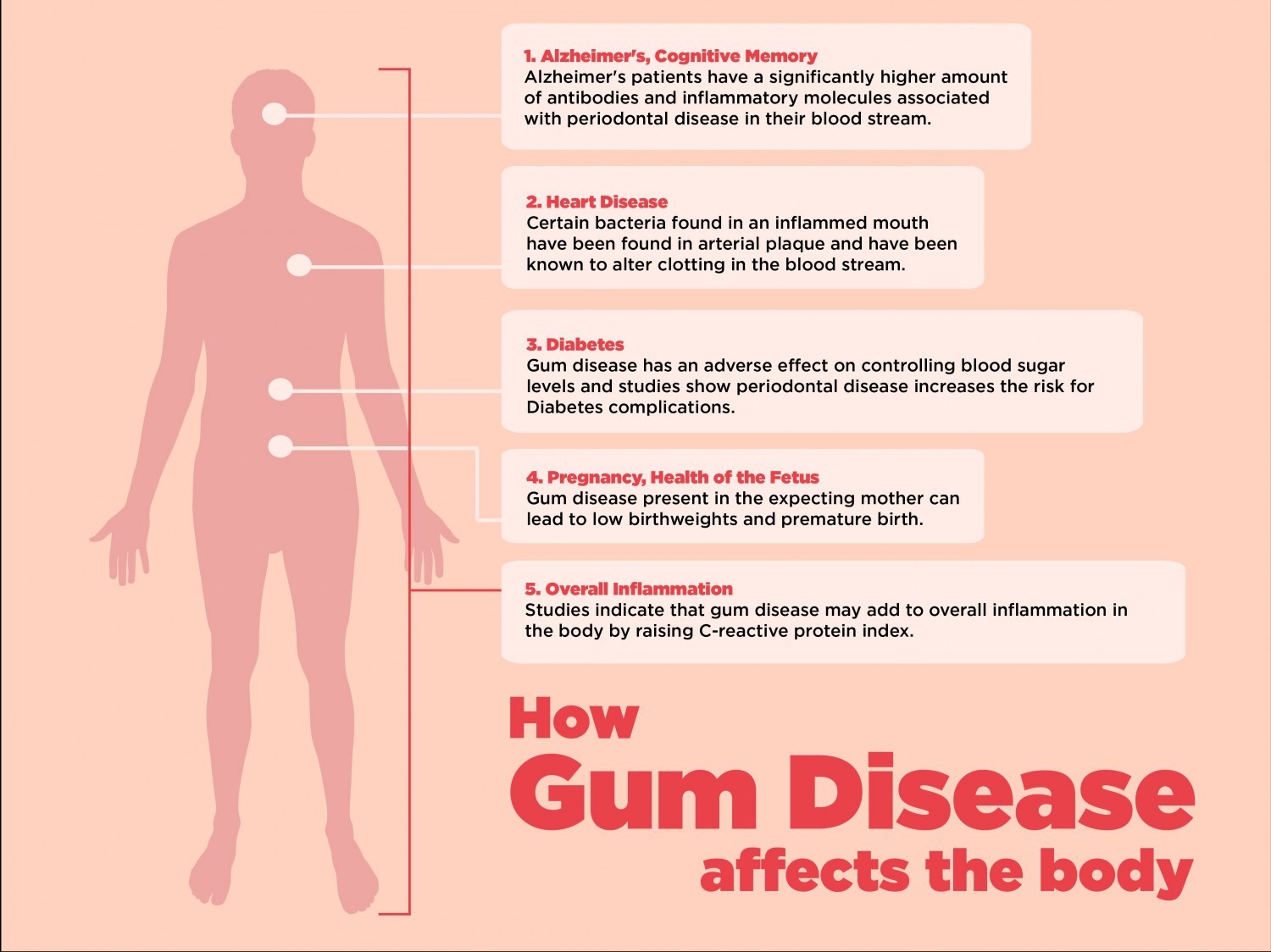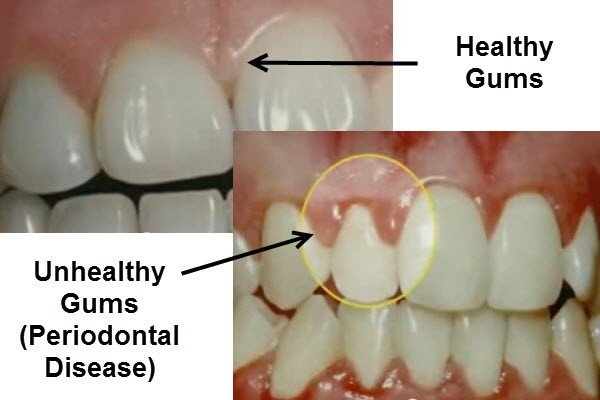How to Handle Dental Emergencies?
After a tooth accident or trauma, it may take time to reach your dental provider’s office in an emergency. Here are some tips that could possibly save your teeth in the meantime, and at the very least, could help prevent further damage.
- Cracks or fracture – Gently rinse your mouth and protect the area. Do not apply topical pain killers. Avoid eating or drinking cold foods and beverages until the tooth has been repaired by your dentist.
- Knocked out tooth – Do not touch the root. Pick it up by crown and rinse it. If possible, insert the tooth back into the socket and bite down to hold it in place.
- Loose tooth – If your tooth is loosened and pushed out of position, attempt to reposition it to its normal alignment using very light finger pressure, but don’t force it.
- Toothaches – Rinse the mouth with warm water to clean it out. Gently use dental floss to remove any food caught between the teeth. Do not put pain killer on the aching tooth or gum tissues. For objects stuck in the mouth, try to gently remove with floss but do not try to remove it with sharp or pointed instruments.
- Injured mouth – Injuries inside the mouth include tears or cuts, puncture wounds, and lacerations to the cheek, lips, or tongue. The wound should be cleaned immediately with warm salt water. If bleeding, apply pressure with a moist gauze or tea bag for 15-20 minutes.
- Soft tissue trauma – Apply a cold compress to the traumatized area to reduce swelling.
- Jaw fracture – If you can’t open your jaws properly or your teeth do not come together normally you should be screened at the hospital emergency department for a possible jaw fracture.
- Lost fillings or crowns – When a crown has fallen out and there is some pain, take a cotton swab and some clove oil and apply it on the sensitive area.
- Broken braces – If a wire of your brace sticks out or even breaks, you can use a soft object to return it to its original position. If that’s difficult, you can cover the end with either some orthodontic wax, a piece of gauze or a cotton ball before you rush to your orthodontist. Never attempt to cut the wire because that may lead to swallowing the pieces or inhaling the broken pieces to your lungs.
Contact emergency dentist in Calgary for help.





